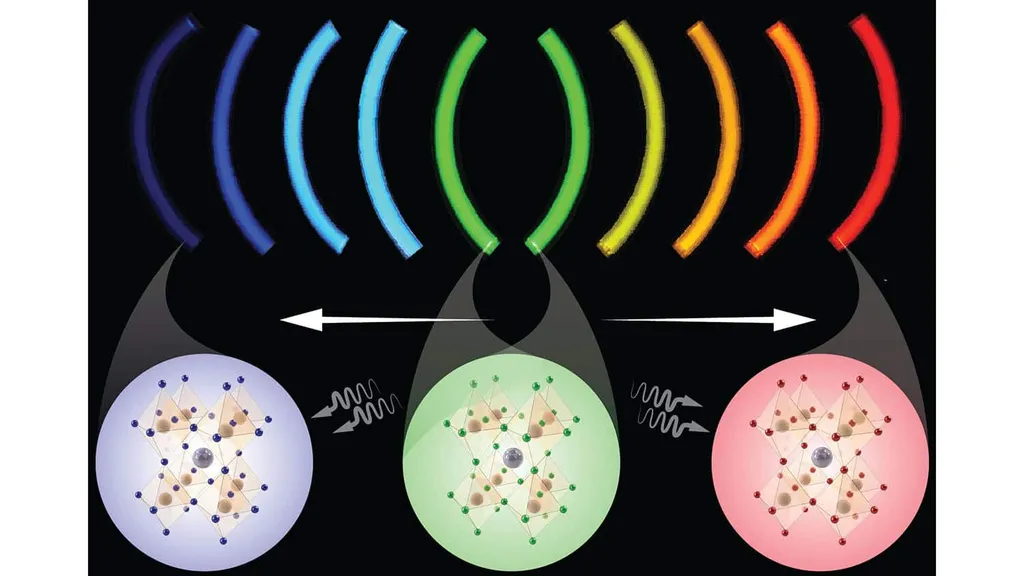In a groundbreaking development that bridges green chemistry and nanotechnology, researchers have unveiled a novel method for synthesizing zinc selenide quantum dots (ZnSe QDs) using a natural plant extract. This eco-friendly approach, detailed in a recent study published in *Applied Surface Science Advances* (translated from Persian as *Advances in Surface Science and Applications*), could revolutionize the energy sector by enhancing antimicrobial applications and reducing environmental impact.
At the helm of this research is Zinab Moradi Alvand, affiliated with the Department of Phytochemistry and Pharmaceutical Engineering at Shahid Beheshti University in Tehran, Iran. Alvand and her team employed an ultrasonic-assisted extraction method to prepare an aqueous extract from Ficus johannis, a plant known for its medicinal properties. This extract served as both a reducing and stabilizing agent in the synthesis of ZnSe QDs, reacting with zinc nitrate and selenium dioxide to produce quantum dots with remarkable properties.
The synthesized ZnSe QDs exhibited a spherical morphology and an average size of 6.9±1.2 nm, confirmed through various characterization techniques including UV–Vis spectroscopy, fluorescence spectroscopy, transmission electron microscopy, and X-ray diffraction. “The green synthesis method not only reduces the environmental footprint but also enhances the biocompatibility of the quantum dots,” Alvand explained.
One of the most compelling findings of this study is the significant antibacterial activity of the ZnSe QDs. The researchers observed minimum inhibitory concentration values of 0.8 mg/mL against Gram-positive B. subtilis and 1.6 mg/mL against Gram-negative Escherichia coli. Mechanistic studies revealed that the quantum dots damage bacterial membranes, leading to potassium leakage and the release of proteins and nucleic acids. Scanning electron microscopy further supported these observations, showing bacterial cell lysis.
To enhance the antibacterial efficacy, the team utilized a microfluidic system, which enabled faster and more efficient potassium leakage compared to conventional methods. “The integration of microfluidic systems with our green-synthesized ZnSe QDs opens up new avenues for applications in nanomedicine and antimicrobial treatments,” Alvand noted.
However, the study also highlighted the need for further research to mitigate the cytotoxic effects observed in toxicity assays using Allium cepa bulbs. “While our findings are promising, we must address the toxicity concerns to ensure the safe and effective use of these quantum dots in biomedical applications,” Alvand added.
The implications of this research extend beyond the laboratory. In the energy sector, the enhanced antimicrobial properties of green-synthesized ZnSe QDs could lead to more effective and environmentally friendly solutions for water treatment, biofouling prevention, and other industrial applications. The use of microfluidic systems could also streamline the production process, making it more scalable and cost-effective.
As the world increasingly turns to sustainable and green technologies, this study by Alvand and her team represents a significant step forward. By combining the power of natural extracts with advanced nanotechnology, they have opened new possibilities for innovation in the energy sector and beyond. The research not only showcases the potential of green synthesis methods but also underscores the importance of interdisciplinary collaboration in driving technological advancements.
In the words of Alvand, “This is just the beginning. The future holds immense potential for the application of green-synthesized quantum dots in various fields, and we are excited to be at the forefront of this exciting journey.”

